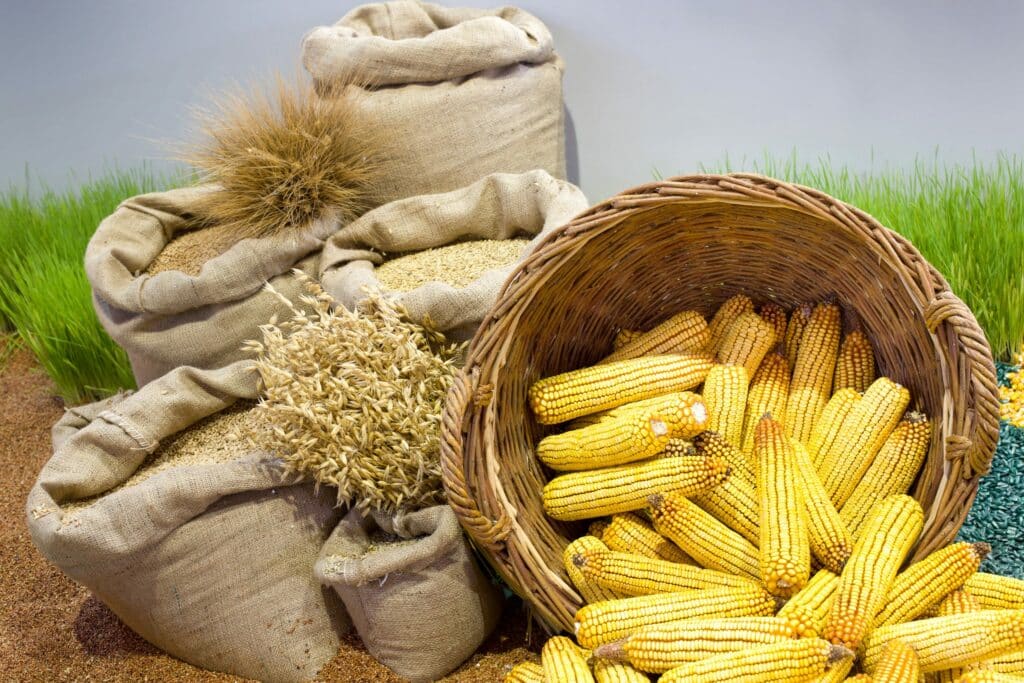Source: Jeanne-Marie Versluis, City Press, 16 Jabuary 2022, photo credit: 123RF/budabar
Even though there are about 22 000 fewer farmers in South Africa today than there were in 1994, the country has never produced as much food as it is now.
With the at least 32 000 commercial agricultural producers that the country has (mainly in six provinces), the volume of agricultural production is growing by 2.1% a year.
Agricultural production increased from an average of R4.53 million per commercial farmer in 2012 to almost R6.5 million per farmer in 2020, according to the statistics that are available.
It is because of the favourable agricultural conditions over the past two years that fewer farmers are putting their farms on the market. This leads to a constant decline in the number of farms in the market, said Johann Bornman, agricultural economist and chairperson of Agri Development Solutions.
Good rainfall, especially in the Karoo, is restoring agricultural conditions in drought-stricken areas. In addition, there are agricultural opportunities in almost all branches of the industry, especially the fruit and livestock sectors, Bornman said.
Exports of agricultural products – mainly fruits and maize – have increased significantly over the past five years. In 2020, the country exported R168.5 billion worth of produce, R56.4 billion more than in 2015.
That year, R96.4 billion worth of produce was imported, only R19.5 billion more than in 2015.
In 1994, the country had 54 560 agricultural producers who farmed on 81.4 million hectares. For economic and demographic reasons and the climatic conditions, the number of farmers has decreased over the years to about 32 000, who farm on 68.3 million hectares of land.
Bornman said it was worrying that the remaining farmers were older people and the industry was not being supplemented strongly enough by young people. In 2017, 71.7% of the farmers were older than 50, while only 4.3% were aged between 25 and 34. Older farmers who retired were not replaced with young people at the same rate.
However, the number of farm workers had increased from 624 000 in 2011 to 811 000 in 2020. The largest part of the labour force was in the fruit sector in the Western Cape, with 178 000 workers.
Mechanisation has had a minor impact on the agricultural workforce, Bornman said.
Christo van der Rheede, the executive director of Agri SA, said that, because the agricultural sector was capital-intensive, many farms had merged, which meant that South Africa produces more food than ever before.
However, there were challenges in the industry. For example, farmers received little production support from the state compared with their counterparts in the US and Europe.
Dairy and chicken farmers were leaving the industry because of cheaper imports.
Van der Rheede said: We have asked government to impose import tariffs [on these products] to protect the survival of these industries.
Theo Boshoff, CEO of the agricultural business chamber Agbiz, said that, although the number of farms had shrunk since the early 1990s, this did not indicate a shrinking agricultural sector.
“Deregulation and the dismantling of the marketing boards have led to a professionalisation of the sector.
“The number of commercial farming units may have decreased, but South Africa’s total agricultural output has increased dramatically in the past three decades,” said Boshoff.
In addition, the value of agricultural exports increased from R160 billion in 2020 to about R173 billion last year.
Employment in agriculture increased by 3% year on year to the current 829 000 workers, which was more than the long-term average of 780 000 workers.
Boshoff said the traditional idea of a “farmer” or a “farm” may have changed, as the industry was now characterised by hi-tech and efficient agricultural enterprises.
Since the liberalisation of trade, we are now able to build on those value chains in which we are internationally competitive.
Wandile Sihlobo, the chief economist at Agbiz, said last year was “one of the rarest” agricultural years on record.
“This was possibly the most favourable year for South African farmers, especially in the grain and oilseed sectors. Farmers had large harvests and got higher prices for their products,” Sihlobo said.
“Usually, a year of big harvests leads to lower commodity prices and farmers’ profits are then suppressed. But for 2020 and 2021, commodity prices remained high in South Africa and worldwide.”
He added that growth prospects in the agriculture sector looked good this year.
The South African Pork Producers’ Organisation (SAPPO) coordinates industry interventions and collaboratively manages risks in the value chain to enable the sustainability and profitability of pork producers in South Africa.







